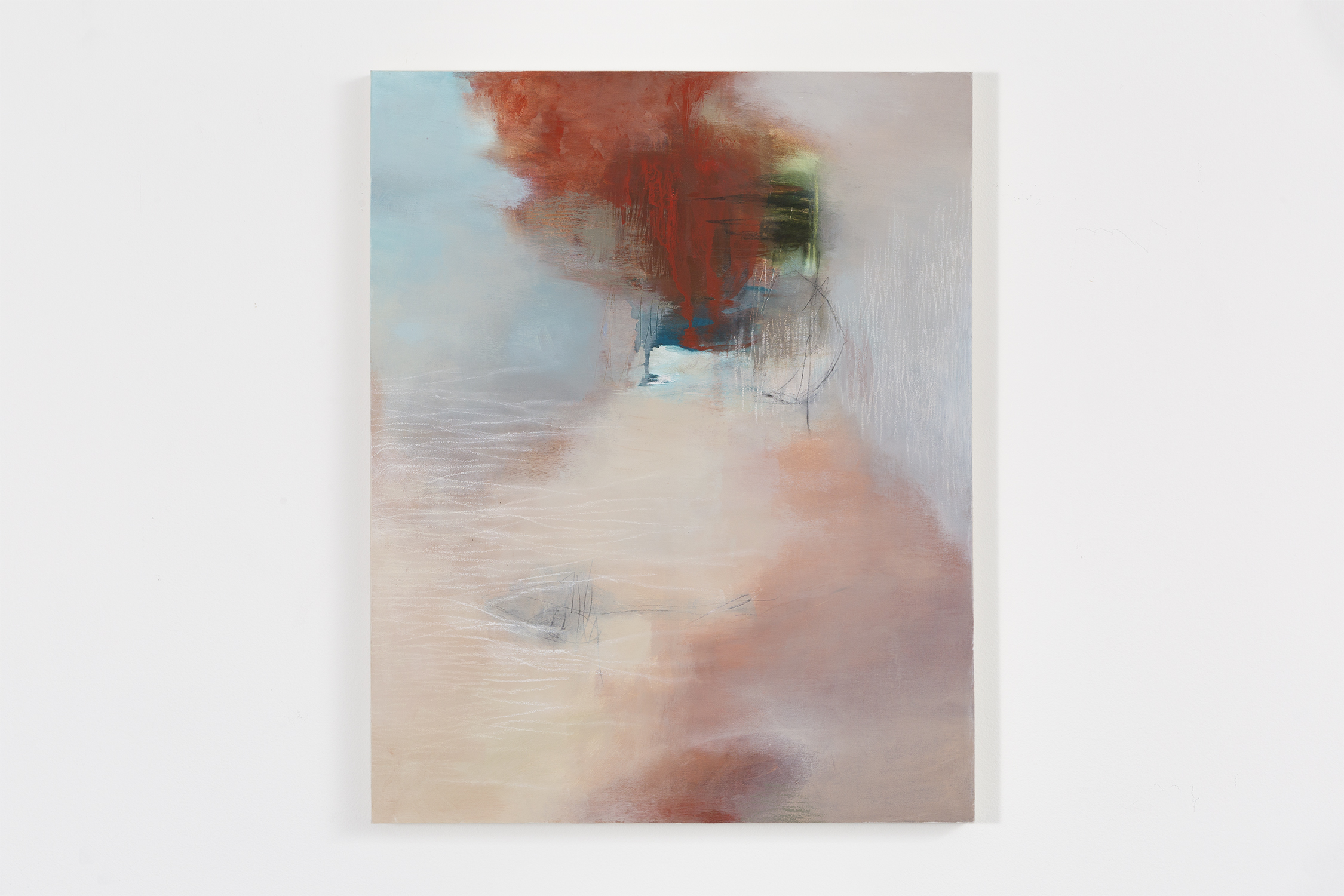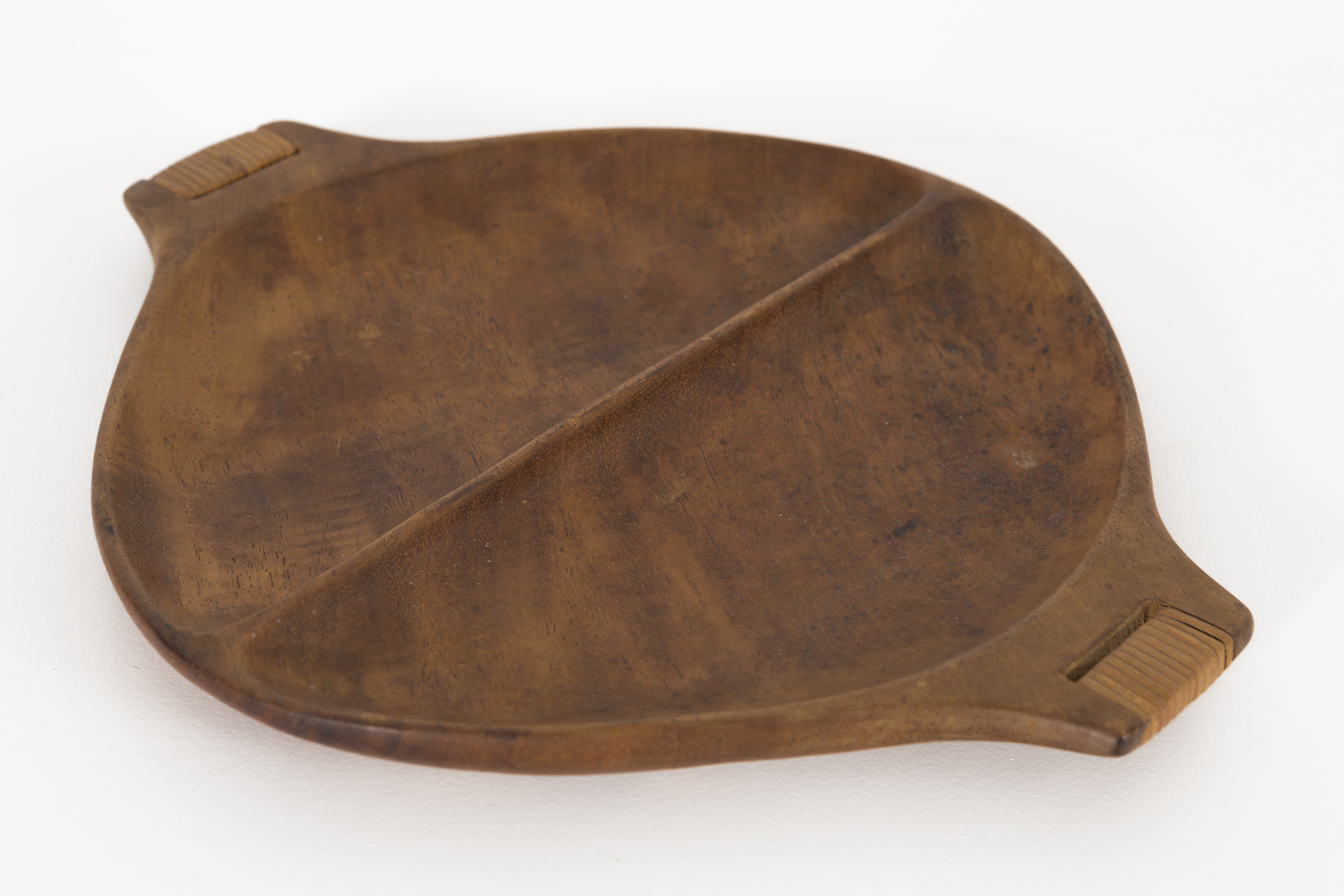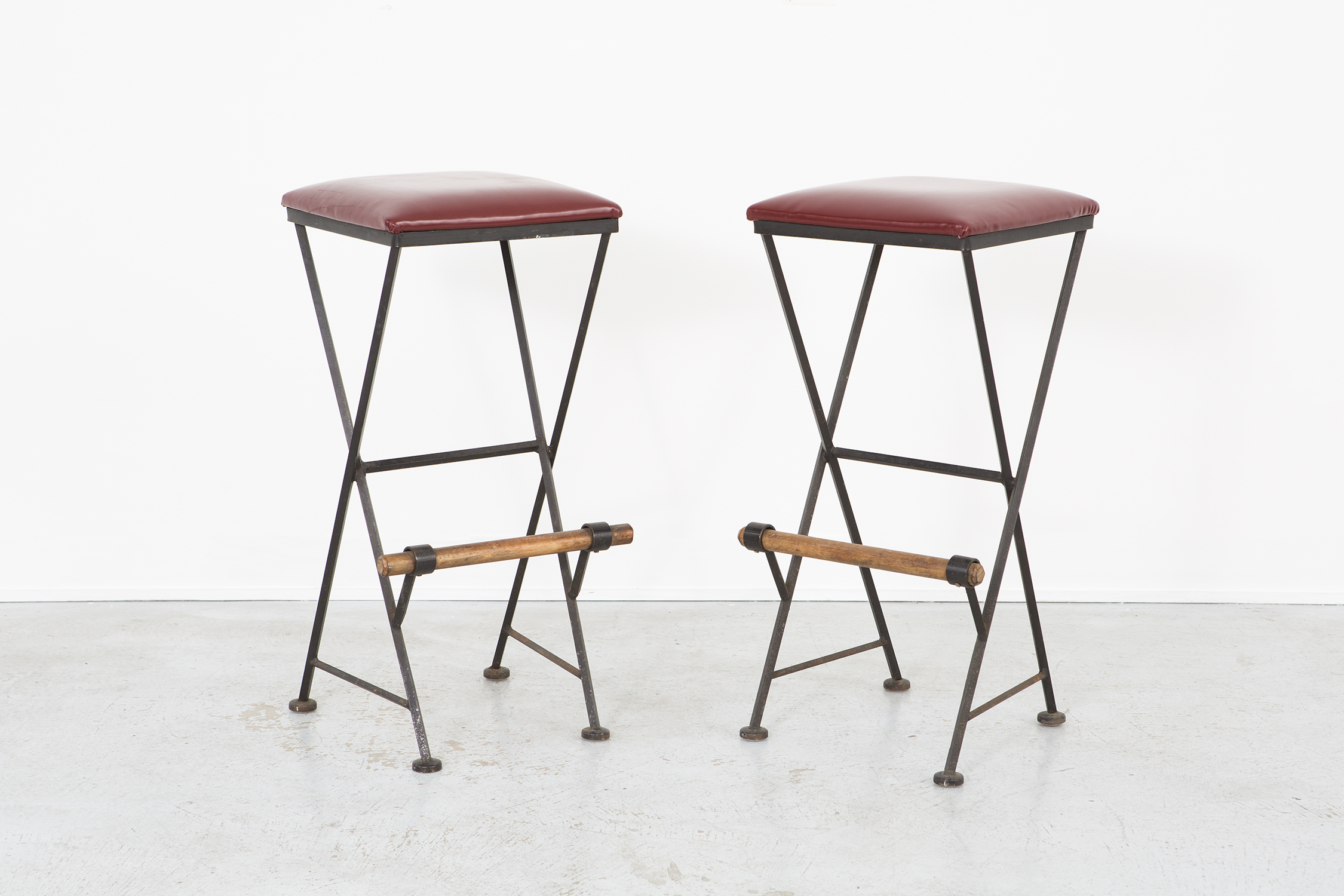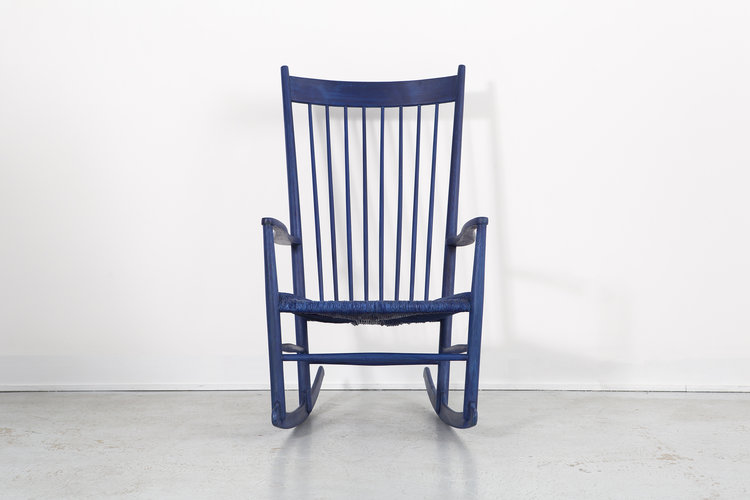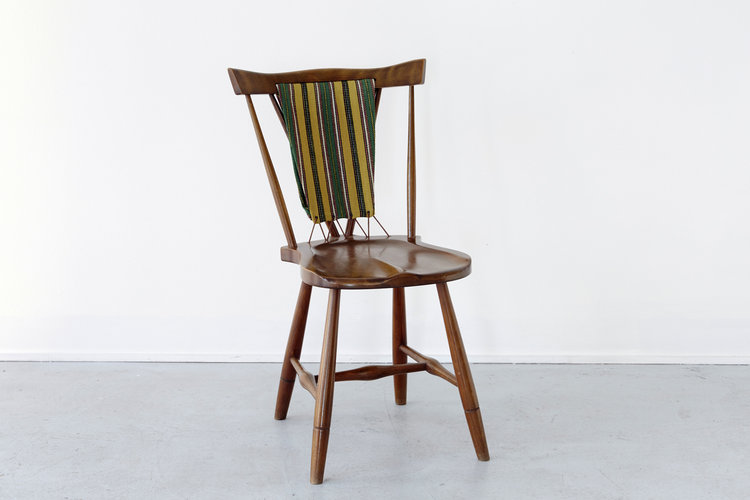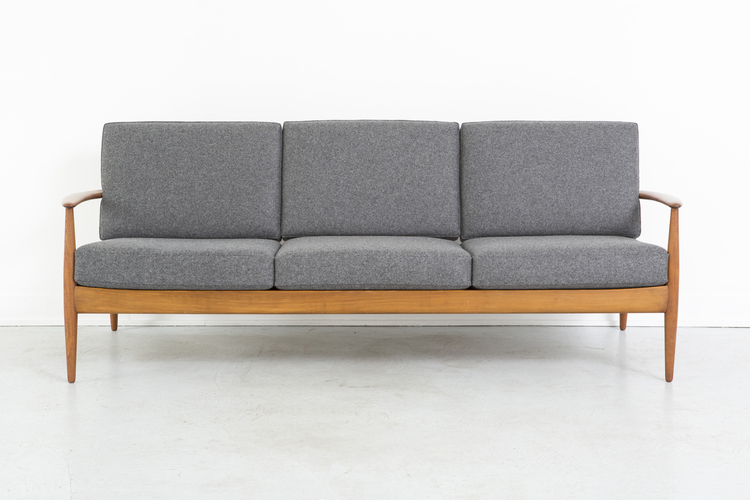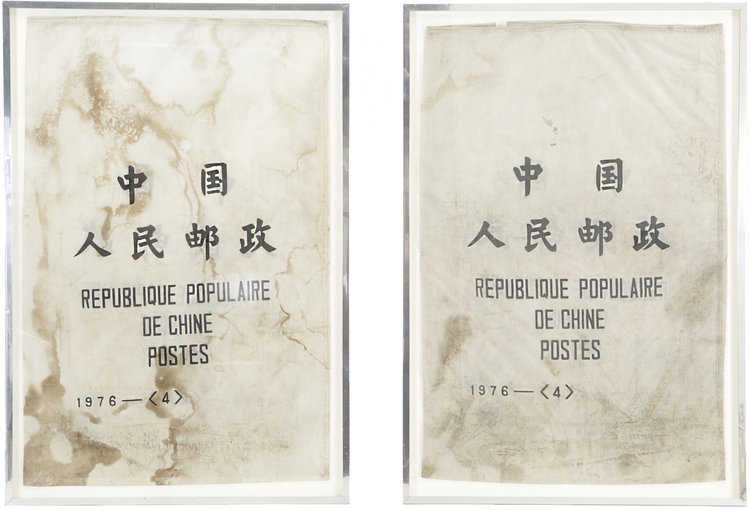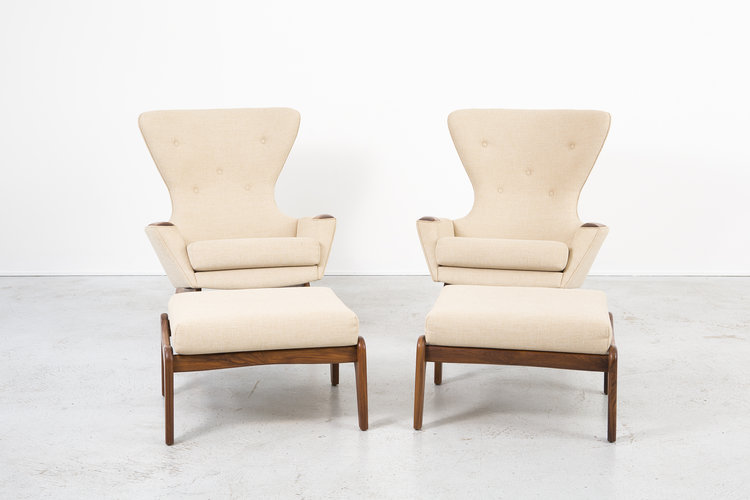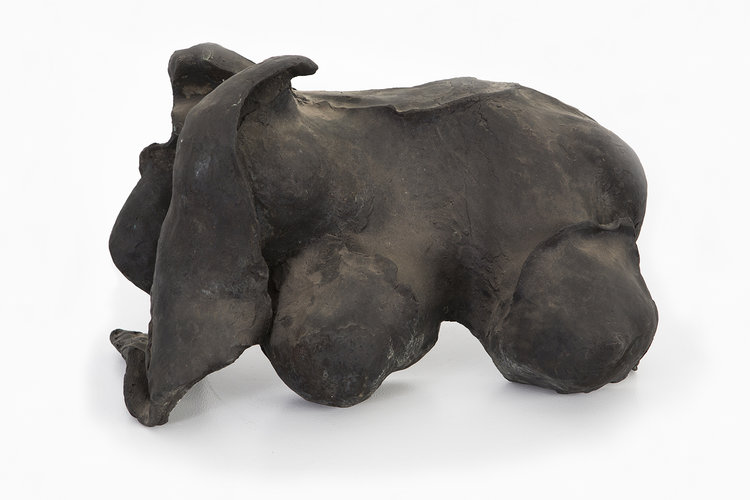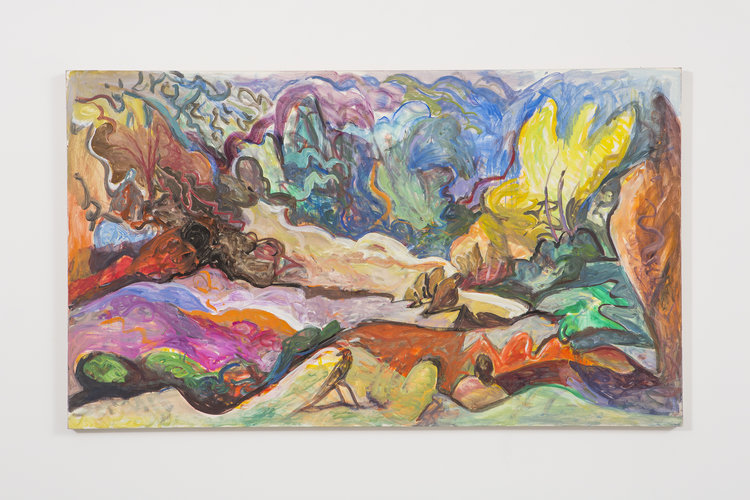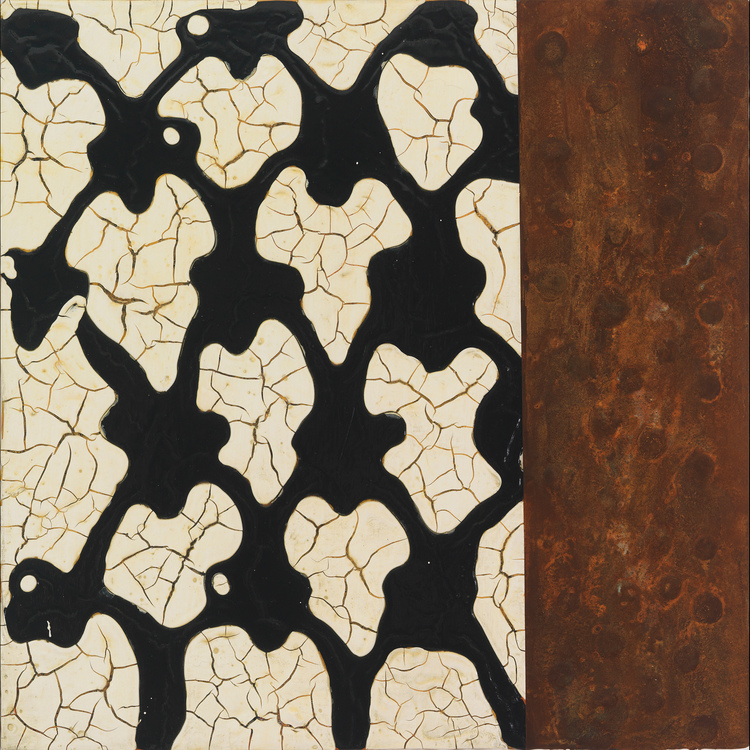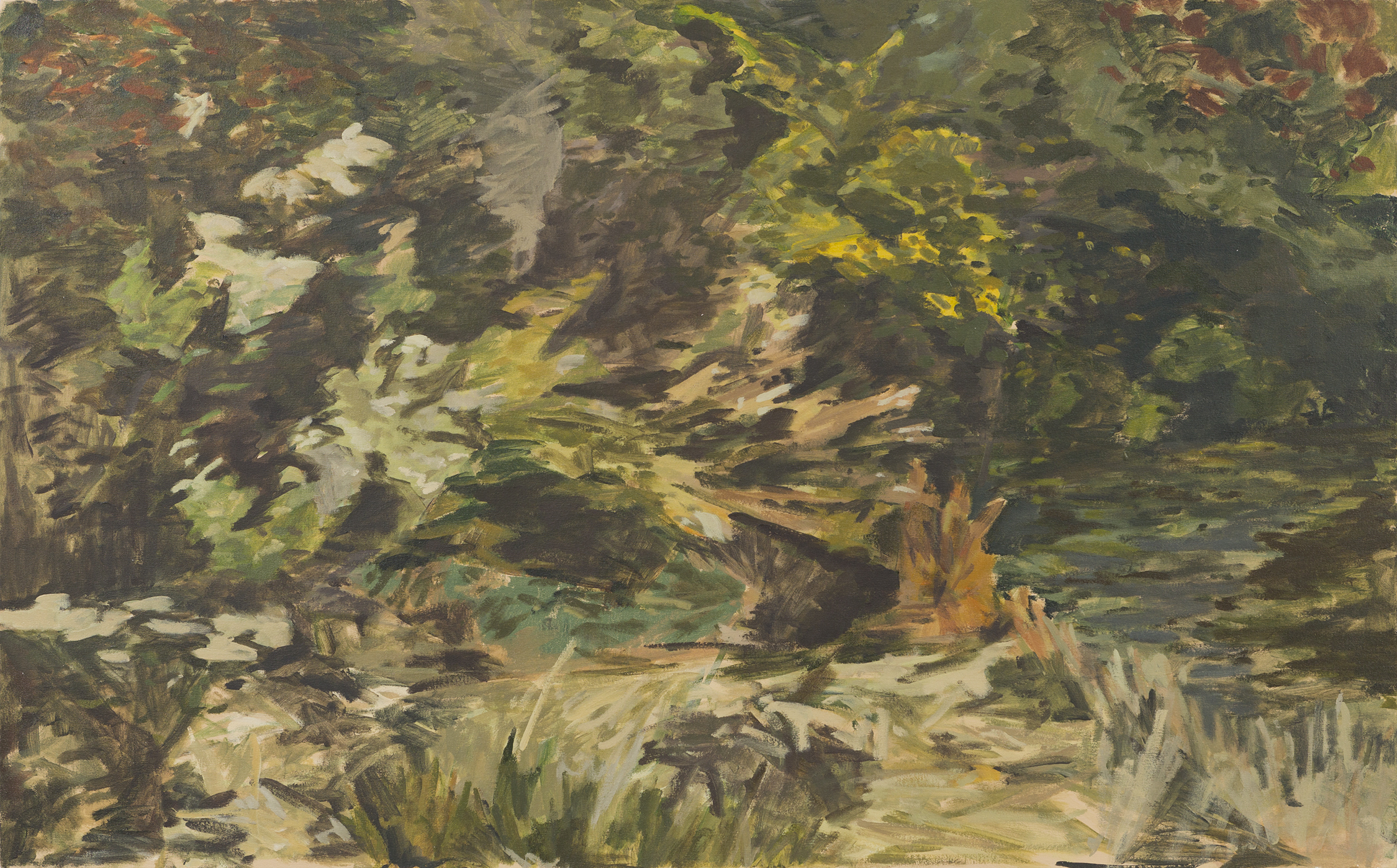WITHOUT WORDS BY SARA PITTMAN
Sara Pittman’s abstractions present dreamy perspectives of fogged colors. Like a comfortable descent into sleep; Pittman’s work shows controlled use of warm and cool tones to create a balanced, yet striking artwork. Her diverse applications of paint allow textures to create and disrupt the visual depth in a painting. Without Words is an enticing display of thin, effervescent layers of paint contrasted against delicate scrapes and fine textures.
CIPOLLA PENDANT LAMP BY MASSIMO VIGNELLI FOR VENINI
Possibly the most influential designer of the 20th century, Massimo Vignelli collaborated with Venini to create the Cipolla Pendant Lamp. Vignelli's unique mindset as a designer allowed him to refresh how glass was used in lamps. By focusing on the material strengths of glass, while giving attention to its natural beauty, Vignelli produced a series of lamps that are graceful, stunning, and functional. Made with hand blown Murano glass, this fixture utilizes the Sommerso technique. This allowed Vignelli to layer light diffusing opal glass with patterned glass to give the fixture its curved stripes. By giving attention to these details, Vignelli created a lamp that is more luminous than a traditional lampshade while being just as beautiful when not in use.
CIEL BY STEPHEN ELIOTT WEBB
Stephen Elliot Webb’s liquified contours guide your eyes through his compositions. A marbled white and baby blue are used to lay out a serene background, while stretched marks of navy blue tie together the canvas with added depth and contrast. On top of all this are splatters of light greens, dispersed freely among the painting. At a distance, the artwork's background billows and undulates, while up close your eyes get lost in the density of pours, drips, and strokes Webb uses to create his paintings. Ciel is finished in an elegant aluminum frame that accentuates its sharp lines and crisp hues.

